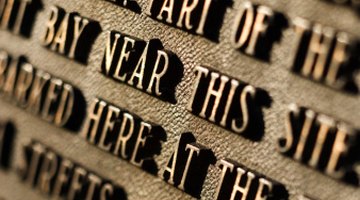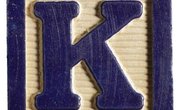Teaching Structural Analysis
Structural analysis is the analysis of word structure. It is a key skill for young students as it helps them make connections between words. A student with a high level of structural analysis skill will be able to pick up new vocabulary terms more quickly, as they will understand how words affect one another and be better equipped to derive meaning from unfamiliar words. This makes reading, writing and speaking easier in the future. Structural analysis includes using word parts in decoding a word’s meaning and use in the English language.
Teachers and class organizers can include structural analysis lessons in reading comprehension, language arts, word recognition, vocabulary words, and in other teaching reading activities. Worksheets and flashcards can be great activities to use in these lessons as they allow for students from any grade level to use comprehension strategies to their advantage with memorization, high-frequency recognition, recognizing spelling patterns and identifying unknown words.
Students practice the words repetitively to improve student learning, reading skills, reading fluency, understanding of nouns and verbs, identifying base words and even using phonics, reading aloud and small groups for learning help. Lesson plans for structural analysis can be used from the 3rd grade up to middle school, and students with disabilities can get specialized help in these plans as well with better graphic organizers and teachers using explicit instructions and care for their help and learning.
Compound Word Memory
Compound words are an important point in structural analysis because they can either stand alone or be combined to make a third word. A good way to help students with this concept is to play memory. Write half of several compound words on one card (so, "zoo" on one card and "keeper" on another), then turn them all upside-down. Have students take turns flipping them over; if two words make a compound word, the student gets a point. If not, he puts them back in their original position and it is another student's turn.
Affixes
Affixes change the meaning of a word by attaching to the beginning (a prefix) or end (suffix) of that word. "Clearly" is a different word than "clear," and both are different than "unclear." A good activity is to write a root word on the board, then have students take turns coming up with changes that can be made to it by adding prefixes and suffixes. Encourage discussion as to what the new words are and how their meanings changed.
Active Reading
Read to your students, but occasionally stop to discuss the structural analysis. So, for early learners, you could say "he opened the..." then wait for the students to shout out "door." Next, you can discuss what letter "door" starts with and why it starts with that letter. What would happen if it started with a different letter? This will encourage children to think about the nature of word formation.
Context Clues
More-advanced students can learn words from context. A good activity for this is to write a sentence with a nonsensical word in it on the board. "The dog xarfed all night and I couldn't sleep a wink" is a good example. Kids will be able to quickly figure out what "xarfed" means, which will teach them the value of context in determining a word's meaning. This activity emphasizes the point that words do not occur in a vacuum.
Related Articles
References
Writer Bio
Sam Grover began writing in 2005, also having worked as a behavior therapist and teacher. His work has appeared in New Zealand publications "Critic" and "Logic," where he covered political and educational issues. Grover graduated from the University of Otago with a Bachelor of Arts in history.










